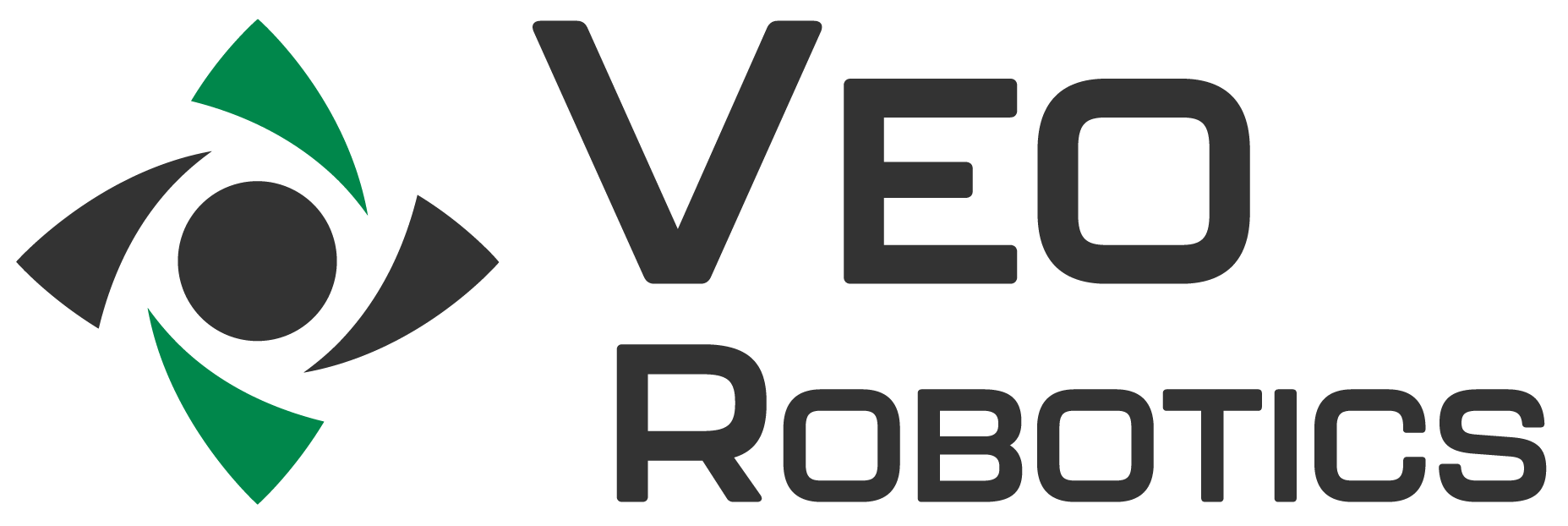Veo Robotics, the industrial automation company and developer of FreeMove, the 3D safeguarding system for industrial robots, recently surveyed more than 500 manufacturers across the US, UK, and Japan to inform the following Veo Robotics’ 2022 Manufacturing Automation Outlook.
Read MoreThe transformative potential of automation has been pushed into the forefront these past two years. As majority of industries continue to battle a historic labor shortage, automation technology enables them to get work done even when they’re short on human talent.
Read MoreBy Alberto Moel, VP of Strategy and Partnerships
In our previous edition, we laid out a general model of human-robot collaboration driven by the manufacturing application’s process cycle time and the frequency of human interaction. In today’s post we will quantify (through a simple case study) how the economic benefits of Veo FreeMove increase with the application’s degree of collaboration.
Read MoreBy Alberto Moel, VP of Strategy and Partnerships
Now that Veo FreeMove® is certified to ISO 13849 PLd Cat 3, our blog is shifting to provide practical tools for customers and systems integrators on how to implement Speed and Separation Monitoring (SSM) under the ISO 10218 and ISO/TS 15066 standards.
Read MoreBy Alberto Moel, VP of Strategy and Partnerships
Over the last two years, we have written about how flexibility in manufacturing is increasing in importance, how humans and machines working collaboratively increases flexibility, and how this flexibility has value.
Read MoreBy Alberto Moel, VP of Strategy & Partnerships
Switching gears a bit, in today’s post we will be looking at a practical case study using FreeMove with our palletizer implementation and comparing it to a power and force limited robot.
Read MoreBy Alberto Moel (Vice President Strategy and Partnerships)
A continuation of our analysis of the PSD, this time focusing on how the robot deceleration impacts the PSD.
Read MoreBy Alberto Moel (Vice President Strategy and Partnerships)
First principles derivation of how the PSD is influenced by controller latency and robot mechanics and dynamics
Read MoreBy Alberto Moel (Vice President Strategy and Partnerships)
The nitty-gritty on how we estimate the minimum safe human-robot distance: manufacturer-provided stopping time and distance data.
Read MoreBy Alberto Moel (Vice President Strategy and Partnerships)
We look at how the buffer area between the robot and an approaching human changes with robot velocity and how the use of fences impacts workcell design.
Read MoreBy Alberto Moel (Vice President Strategy and Partnerships) and Clara Vu (CTO / co-founder), Veo Robotics
In today’s post we look in depth at some simple SSM collaborative applications and debunk this notion that “collaborative” = “fenceless.”
Read MoreBy Pritha Vijay, Director, Product, Veo Robotics
In order to reduce downtime, improve productivity, and boost revenue, a parts manufacturer decided to work with Veo Robotics to design a machine tending workcell using FreeMove.
Read MoreBy Alberto Moel, Vice President Strategy and Partnerships, Veo Robotics
By reimagining the problem at hand and attacking it from a fresh angle, it’s possible to uncover a new paradigm that unlocks major performance gains.
Read MoreBy Alberto Moel, Vice President Strategy and Partnerships, Veo Robotics
There is (in theory and in practice) a “best,” most productive combination of humans and machines working together.
Read MoreBy Alberto Moel, Vice President Strategy and Partnerships, Veo Robotics
Productivity in manufacturing has hit a wall. Jumping over this wall will require novel approaches to introducing flexibility in factories and workshops.
Read More














